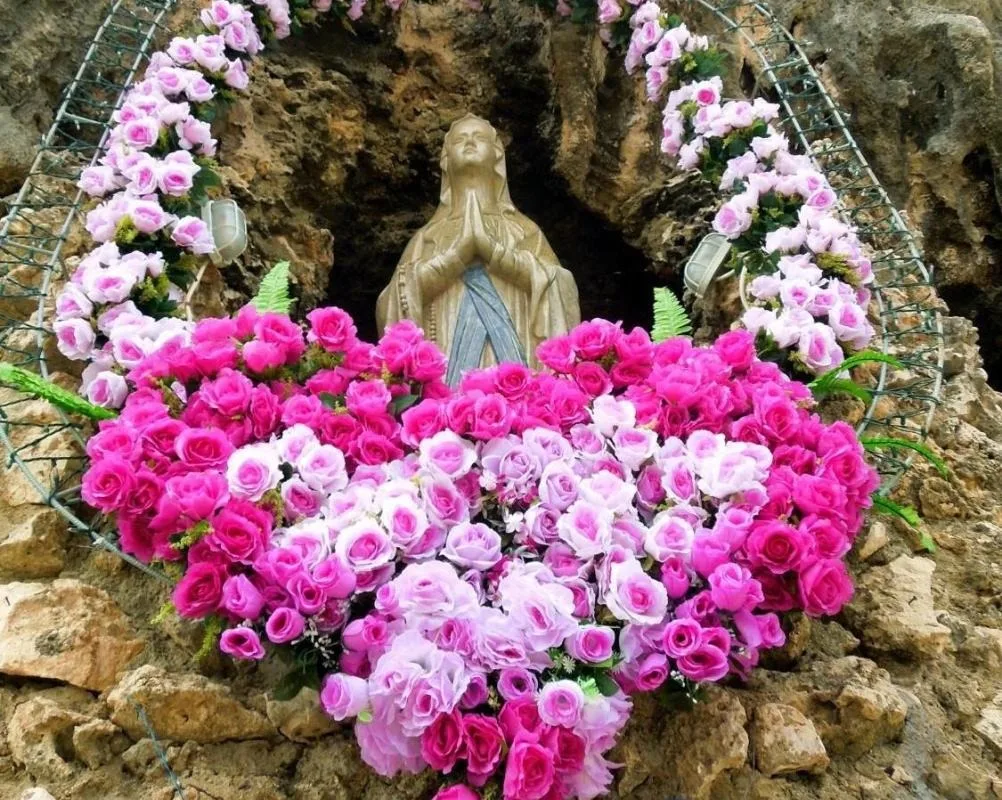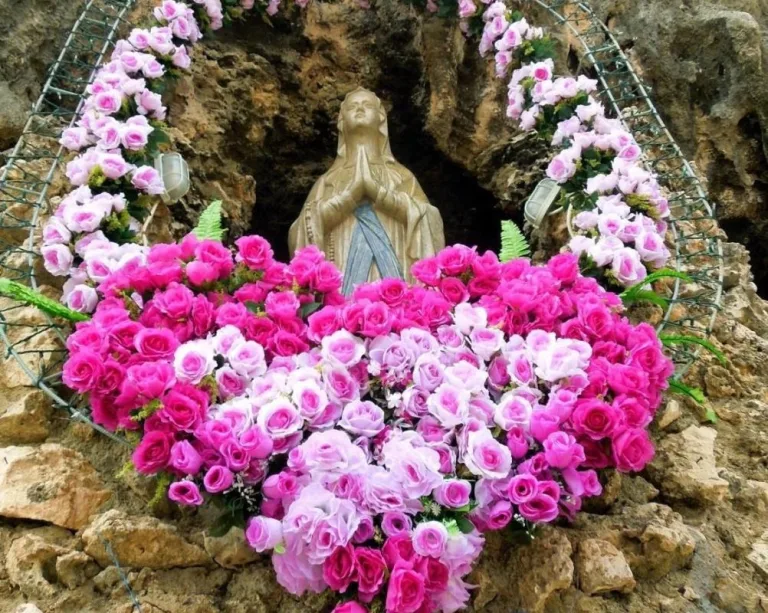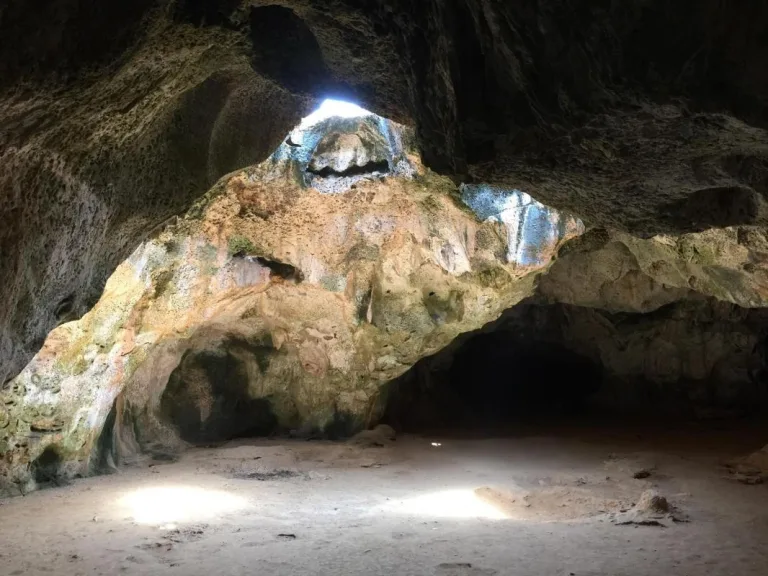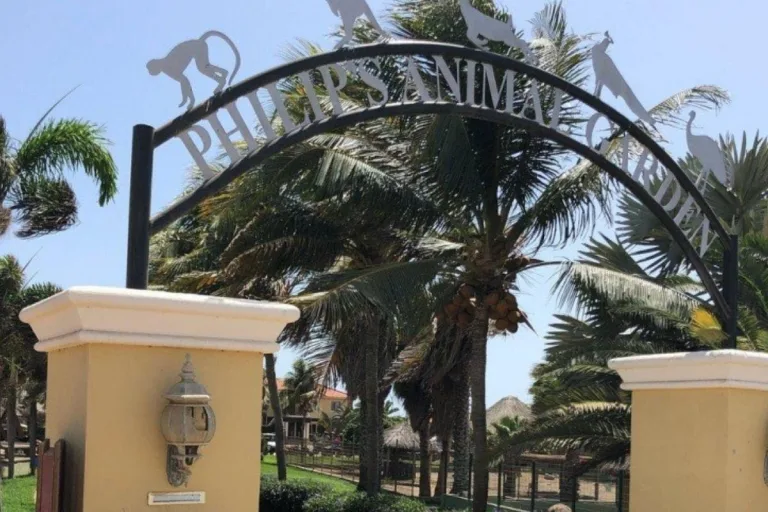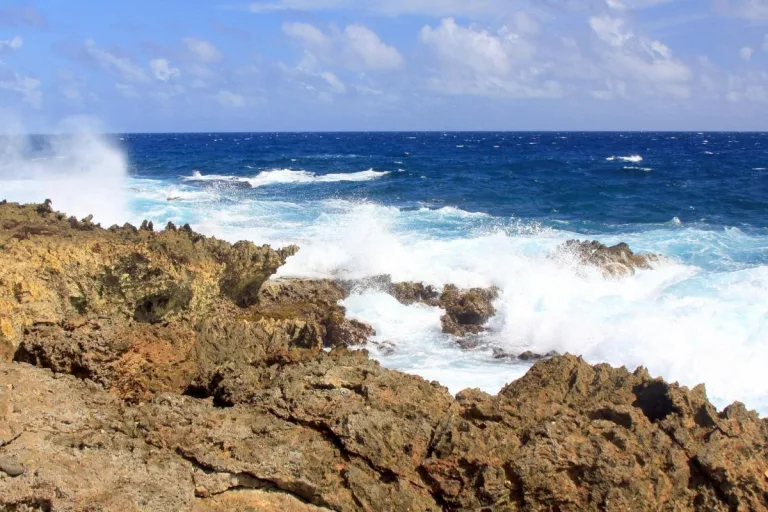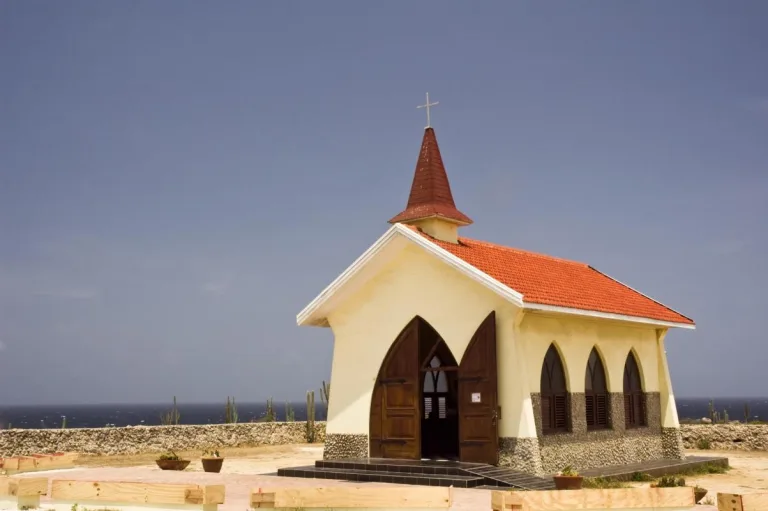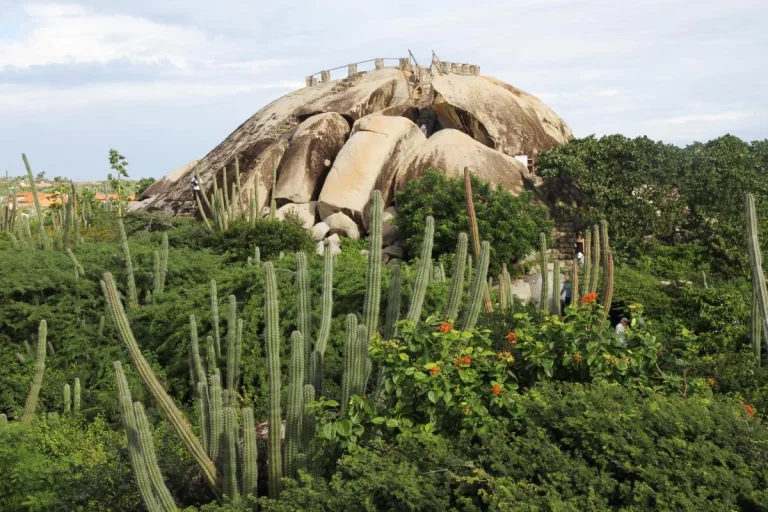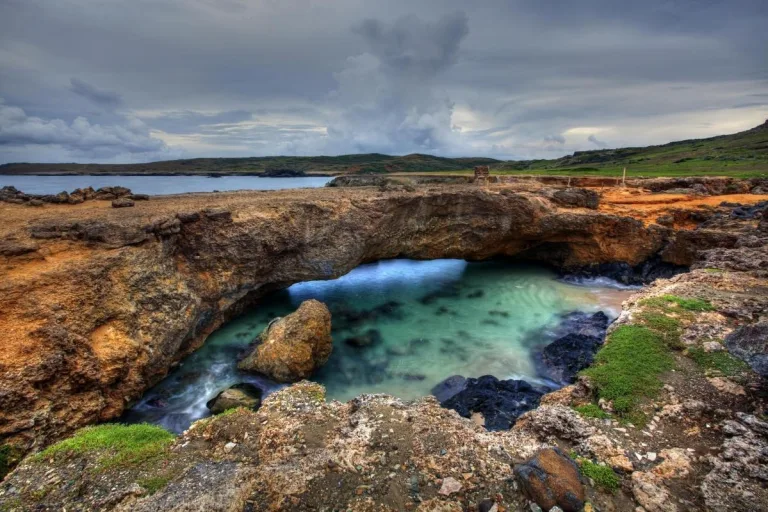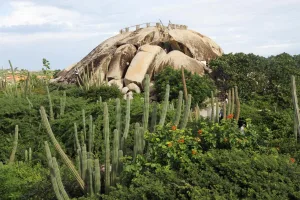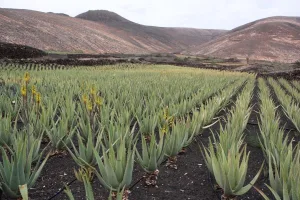Named for the French Catholic landmark, Lourdes Grotto is an ornate shrine carved into the side of a limestone hill in the San Nicolas area of Oranjestad. Built in 1958 by a local priest and his parishioners, the grotto features a 1,500-pound (680-kilogram) statue of the Virgin Mary, along with candles, flowers, and other offerings.
This homage to the Roman Catholic religion is a must-see for tourists interested in visiting the island’s holy sites, and it’s a popular place of worship for locals. Some tours of the island include a stop at the shrine, but it is easily accessible by car. Many tourists pay a visit to this peaceful, quiet spot for private prayers and reflection. Some visitors light a candle to set their intentions as well.
-
The grotto in Aruba is named after the area in France where a peasant girl from Lourdes, France, saw an apparition that she called “a beautiful lady.”
-
There is another grotto across from the main grotto in Aruba that also features religious statues.
-
The shrine can be tricky to locate without any directional signage so it’s sometimes easiest to visit with a tour or hire a car and driver.
Lourdes Grotto is free to visit and is located in Seroe Preto, south of Oranjestad. It’s a 20-minute drive from Oranjestad along Route 1, and a 15-minute drive from Baby Beach at the tip of the island. The grotto is located along the side of the road so make sure to park safely if you want to stop to visit.
Every year on February 11 (the Feast of Our Lady of Lourdes), a procession leaves from the St. Theresita Church in San Nicola and heads to the grotto, where a mass is performed. You may also want to visit around other religious holidays, such as Christmas, when the shrine is decked out specially for the occasion.
About a 35-minute drive from the grotto, the Alto Vista Chapel, or “Pilgrims Church,” is one of the most photographed attractions on Aruba. This bright yellow chapel hosts weekly religious services and is visited by Christians and non-Christians alike. Outside the chapel lies the “peace labyrinth,” which is used by pilgrims for prayer and meditation.

